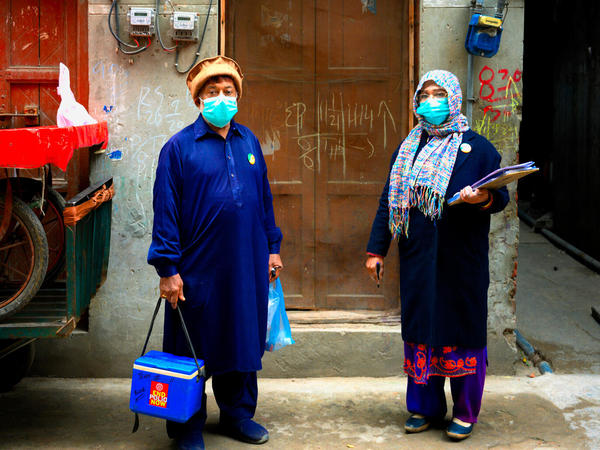You cannot do everything and your ability to prioritize your interventions and target behaviours is paramount. One simple way to do this is to evaluate importance of the behavior and its changeability.
We measure importance simply by determining how much impact the proposed behavior will have on getting more children under-five vaccinated. For example, will having more children at home during vaccination campaigns increase coverage? This is straight-forward. On the other hand, having parents report polio symptoms to local health clinics is essential for surveillance, but may not improve coverage. So deciding priority actions based on your situation analysis is an exercise in focus of your often limited resources.
Our ability to influence the behavior is more complex. The guiding questions below from the Communication Handbook for Polio and EPI can be a helpful guide.
Learn more
Explore the other two learning modules in this 3-step tutorial to design evidence-driven communication strategies to help vaccinate every child.
Integrate communications tactics and understand their strengths and weaknesses, then evaluate performance.
Define your target audience and barriers to change, then develop messages and choose channels to reach your audience.




